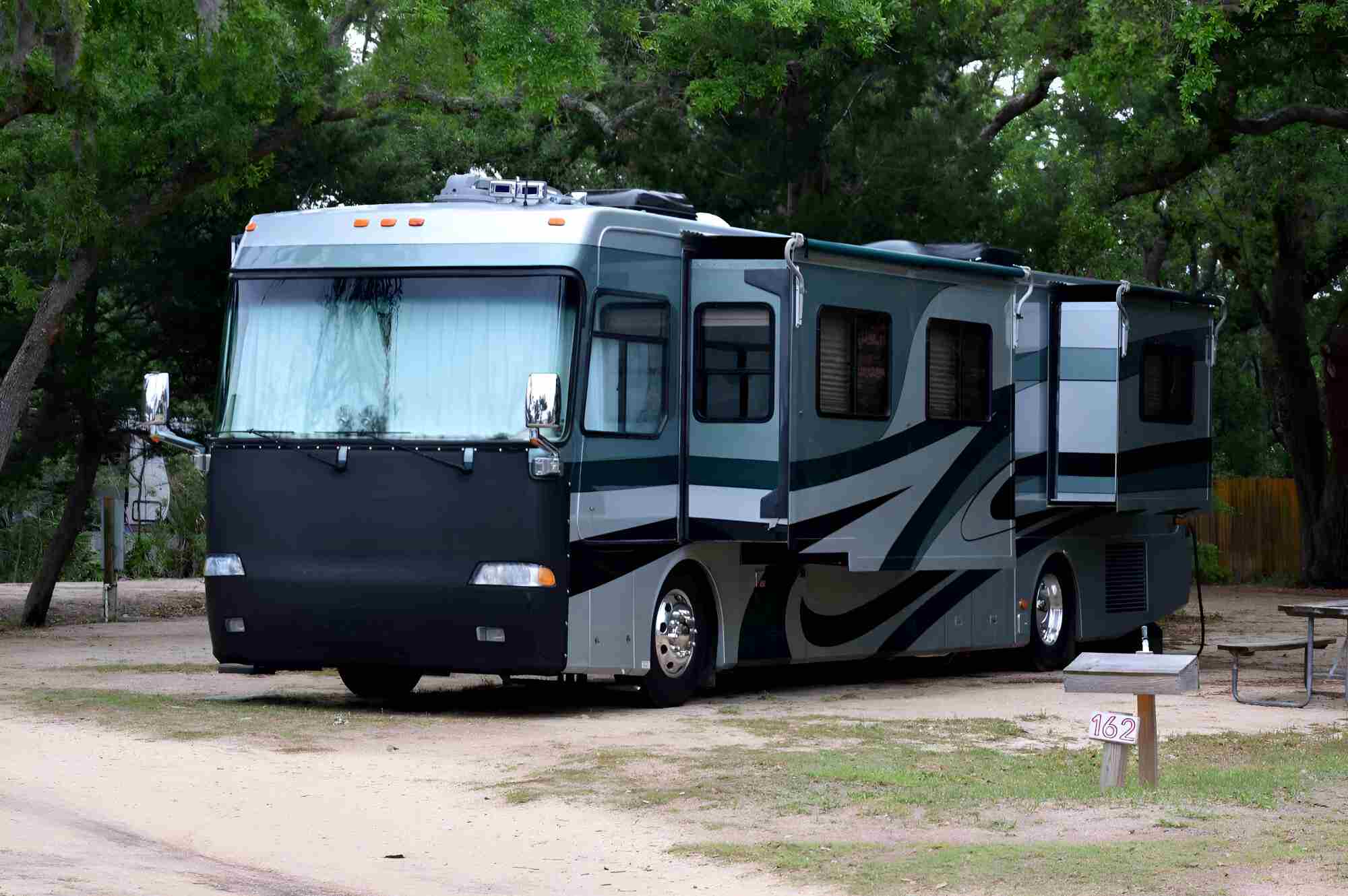Are you looking for ways to give your RV a new look? Is your roof giving you trouble?
If so, then you need to do some DIY RV roof maintenance regularly.
Keeping your motorhome in shape will help keep it in excellent condition. You’ll feel more comfortable in it and it will be safer to drive.
See below for several maintenance tips you can use to keep your motorhome and its roof in great condition. Be sure to do some testing before performing actions on your roof.
Table of Contents
Regular Inspections: The Foundation of Roof Maintenance
The first step in ensuring a longer-lasting roof is conducting regular inspections. Set a routine to inspect your roof at least twice a year. Once before the start of the travel season and once after its conclusion.
During these inspections, look for signs of damage, such as cracks, tears, or punctures. Check the seams and seals for any signs of wear, as these are common areas for leaks to develop.
Additionally, inspect the roof for any debris, such as leaves, branches, or other foreign objects. Accumulated debris can cause water to pool on the roof, leading to potential leaks and water damage. Clearing the roof of debris is a simple yet effective way to prevent these issues.
Cleaning: A Pristine Roof is a Happy Roof
Cleaning your RV roof is more than just an aesthetic concern – it’s a crucial part of RV roof upkeep. Over time, dirt, mold, and algae can accumulate on the roof’s surface, potentially causing damage and reducing its lifespan. Regular cleaning not only keeps your RV looking sharp but also helps maintain the integrity of the roof material.
When cleaning the roof, use a mild detergent or specialized RV roof cleaner and a soft brush or sponge. Avoid harsh chemicals or abrasive tools, as they can damage the roof material.
Pay close attention to the seams and seals, ensuring they are free from dirt and grime. A clean roof not only looks better but also performs better in terms of weather resistance and longevity.
Sealing and Caulking: The Guardian Against Leaks
The seams and seals on your RV roof are critical areas that need special attention. They are like the first line of defense against rain, wind, and anything else nature throws your way.
Over time, the sealant and caulking can deteriorate, leading to potential leaks. Regularly check these critical areas during your inspections. If you spot cracks or gaps, it’s time to bring out the sealant and caulk.
First, clear away the old caulk using a scraper or a specialized caulk remover, making sure the surface is clean. It’s like stripping away old armor to make room for the new.
Once the old sealant is removed, clean the area thoroughly with a mild detergent and let it dry completely. Then, apply a fresh layer of high-quality RV roof sealant or caulk. Pay extra attention to areas around vents, skylights, and antennas, as these are common trouble spots.
This isn’t just about preventing leaks; it’s about maintaining the strength and integrity of your RV. Properly sealed seams and caulked areas mean a watertight defense, ensuring your RV remains a cozy haven, even in the face of rainstorms.
UV Protection: Shielding Your Roof from the Sun’s Rays
UV rays from the sun can take a toll on your RV roof over time. Prolonged exposure can lead to fading, cracking, and deterioration of the roof material. To protect your roof from the damaging effects of UV rays, consider applying a UV protectant.
There are various RV roof protectants available on the market. They are specifically designed to shield your roof from the sun’s harmful rays. These products typically come in spray or liquid form and are easy to apply.
Applying a UV protectant is easy. It’s a bit like putting on lotion. A quick spray or wipe-on and your roof gets an extra layer of defense against the sun’s aging powers.
Think of it as armor for your RV, helping to prevent cracks, fading, and other signs of sun-induced wear and tear. Regular application of a UV protectant can significantly extend the life of your RV roof and keep it looking like new.
Emergency Repairs: Addressing Issues Promptly
Even with regular RV roof care, unexpected issues can arise. It can be a small tear, a puncture, or a damaged seam. Addressing these issues promptly is crucial to preventing further damage. Keep an emergency repair kit on hand, including RV roof patch kits, sealant, and repair tape.
In the event of a small tear or puncture, clean the area around the damage, apply a patch using the RV roof patch kit, and seal the edges with roof sealant. For damaged seams or seals, use repair tape or additional sealant to create a watertight barrier. While these solutions may be temporary, they can buy you time until a more permanent repair can be made.
Storage Considerations: Sheltering Your RV
If possible, consider storing your RV in a covered or enclosed space when not in use. This protects your RV roof from the sun’s blazing rays, heavy rain, and freezing snow. Exposure to the elements can accelerate the aging process of your RV roof.
If indoor storage isn’t an option, consider getting a quality RV cover. This cover is designed to shield your entire vehicle, including the roof. Make sure it fits snugly, like a well-tailored jacket, so it won’t blow away in the wind.
Why does this matter? Well, proper storage helps prevent leaks, fading, and other problems that can mess with your RV’s health. So, give your RV a good place to chill when you’re not out on the road.
Consider this the next time you park your RV: if you find yourself near New Braunfels, Texas, explore the options for an RV park in New Braunfels. Finding the right spot can make a huge difference in how well your RV weathers the elements.
Start Incorporating These RV Roof Maintenance Routines Today
Performing DIY RV roof maintenance is a simple and effective way to ensure a longer-lasting roof. By following these easy steps, you can save money on repairs and extend the lifespan of your RV’s roof.
So why wait? Start taking care of your RV’s roof today and enjoy worry-free travels. Don’t forget to share these tips with your fellow RV enthusiasts and let’s keep our roofs in top shape!
If you enjoyed this article please take the time to check out some of the other great content on our site.





